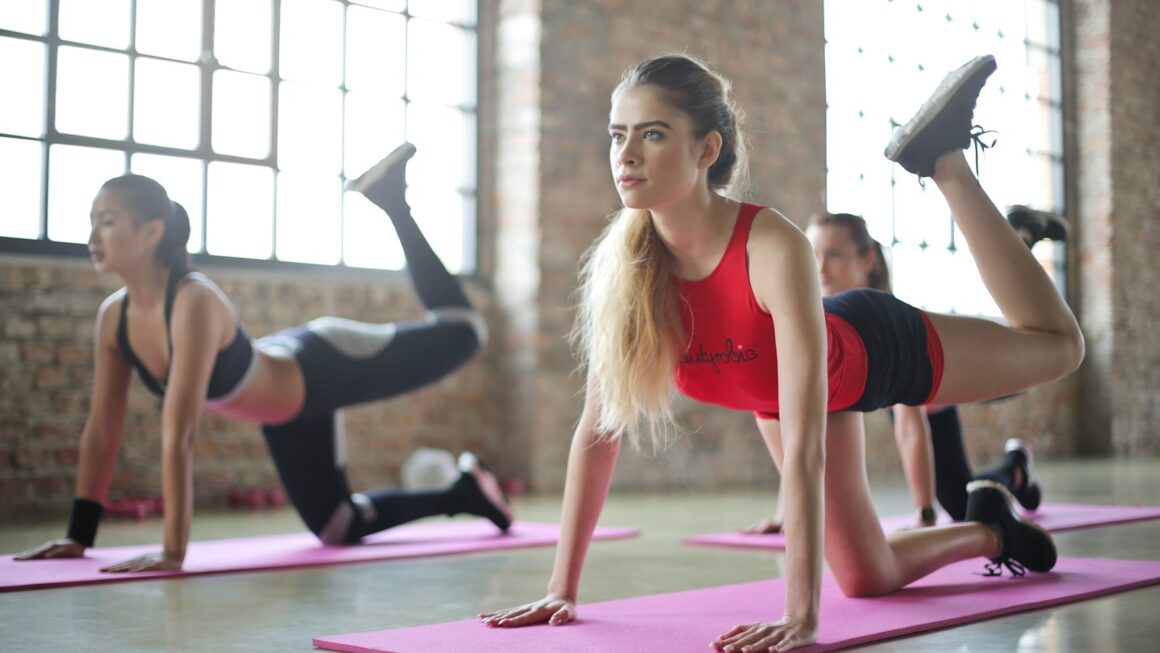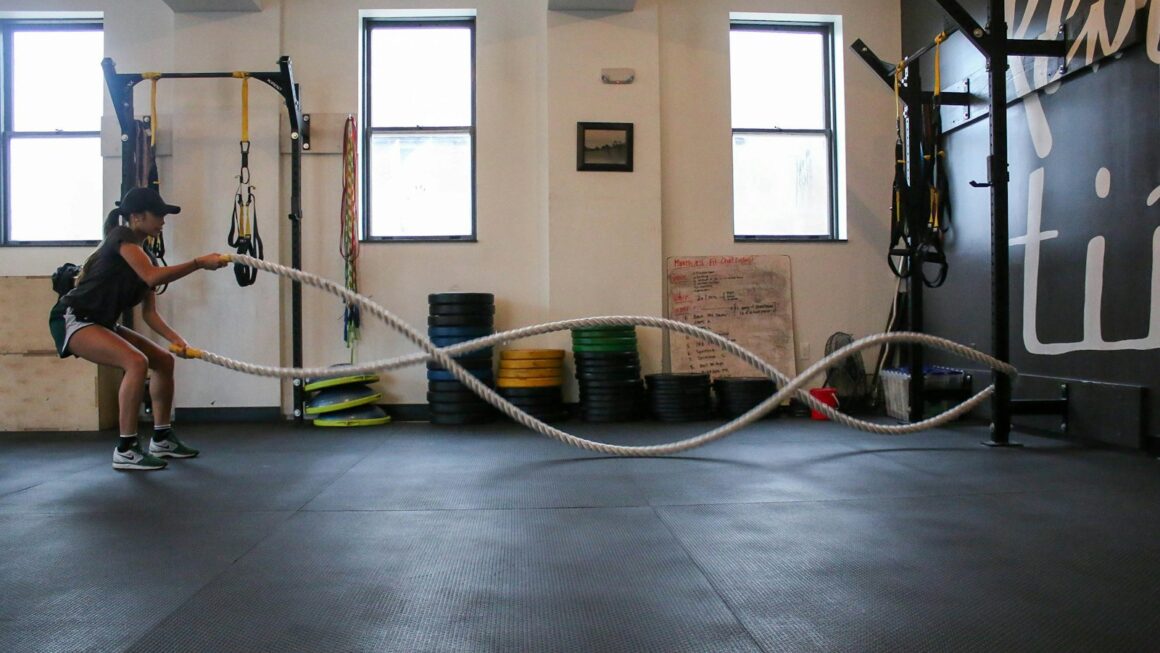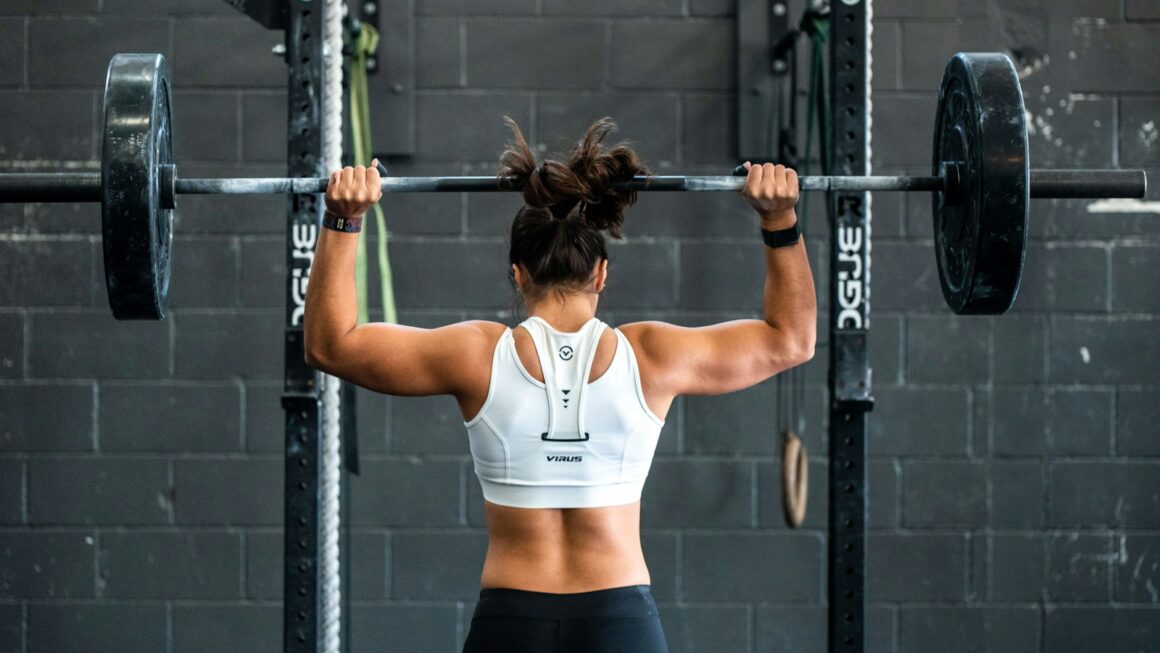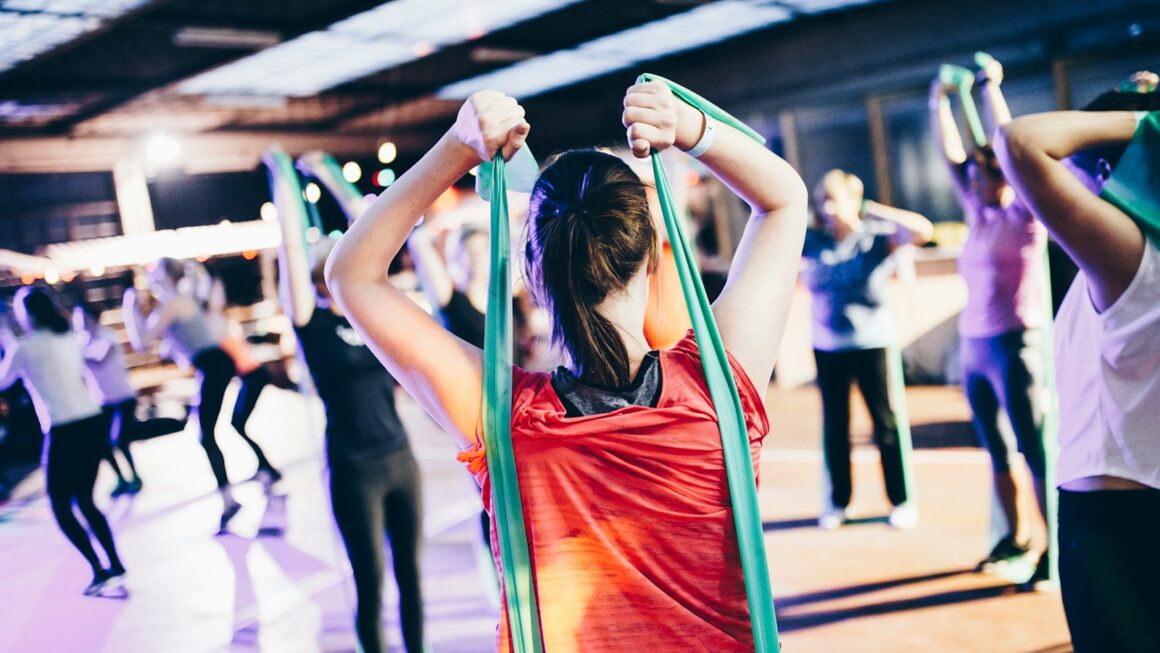Virtual fitness classes have surged in popularity in 2021, offering convenience and accessibility to individuals looking to stay active from the comfort of their homes.
With a wide range of options available, from high-energy cardio sessions to calming yoga practices, virtual fitness classes cater to diverse preferences and fitness goals. The flexibility of scheduling these classes at any time of the day has been a major draw for many, eliminating barriers such as commute time and allowing for consistency in workout routines.
On the other hand, traditional gym memberships have seen a decline as people continue to prioritize safety and seek alternative ways to stay fit. The shift towards at-home workouts, whether through virtual classes or personalized routines, reflects a growing preference for convenient and cost-effective fitness solutions. While in-person group classes and gym sessions may still hold appeal for some, the convenience and flexibility offered by virtual fitness options have positioned them as a prominent trend in 2021.
The Rise of Virtual Fitness Classes: Are They Here to Stay?
Virtual fitness classes have experienced a surge in popularity over the past year due to the ongoing global pandemic. As gyms and fitness studios closed their doors, many turned to online platforms to stay active and maintain their fitness routines. With the convenience of being able to join a class from the comfort of one’s own home, virtual fitness classes have become a preferred choice for many individuals.
The accessibility and flexibility of virtual fitness classes have made them a viable option for people with busy schedules or those looking to avoid commuting to a physical location. Additionally, the variety of classes available online caters to a wide range of fitness levels and interests, allowing individuals to explore different workout styles and instructors without limitations. As technology continues to advance and improve the virtual fitness experience, it is likely that these classes will remain a permanent fixture in the fitness industry.
The Impact of HIIT Workouts on Overall Fitness
High-Intensity Interval Training (HIIT) has gained immense popularity in the fitness world due to its ability to deliver maximum results in a short amount of time. This form of workout involves short bursts of intense exercise followed by brief periods of rest or lower-intensity activity. The high intensity of HIIT workouts pushes the body to work harder, leading to increased calorie burn, improved cardiovascular fitness, and enhanced muscle strength.
One of the key impacts of HIIT workouts on overall fitness is their effectiveness in boosting metabolism. The intense nature of HIIT exercises causes the body to burn calories not only during the workout but also for hours post-exercise. This phenomenon, known as excess post-exercise oxygen consumption (EPOC), results in increased calorie expenditure even after the workout is complete. Additionally, HIIT workouts have been shown to improve aerobic and anaerobic fitness levels, making them a valuable tool for individuals looking to enhance their overall physical performance.
The Role of Wearable Technology in Tracking Fitness Progress
Wearable technology has significantly revolutionized how individuals monitor and track their fitness progress. By seamlessly integrating sensors and data-capturing capabilities into devices like smartwatches and fitness trackers, users can now easily monitor their physical activity, heart rate, sleep patterns, and overall wellness in real-time. This instant access to personalized health metrics provides invaluable insights into one’s fitness journey, empowering individuals to make informed decisions to optimize their performance and well-being.
In addition to monitoring basic metrics, wearable technology also offers advanced features such as GPS tracking, workout analysis, and goal setting. These functionalities enable users to set specific fitness targets, track their progress over time, and adjust their routines accordingly to achieve optimal results. The ability to visualize data trends, identify patterns, and receive real-time feedback motivates individuals to stay committed to their fitness goals and maintain a consistent workout regimen. Ultimately, wearable technology serves as a powerful tool in enhancing accountability, motivation, and overall fitness progress for individuals of all levels.
Nutrition and Fitness: How Diet Plays a Key Role in Achieving Goals
Maintaining a well-rounded fitness routine goes hand in hand with a balanced and nutritious diet. Your body requires proper fuel to perform at its best, making the importance of diet undeniable in achieving your fitness goals. Whether you’re looking to build muscle, increase endurance, or simply improve overall health, what you eat plays a significant role in your success.
Protein, carbohydrates, fats, vitamins, and minerals are all essential components of a healthy diet that supports your fitness endeavors. Ensuring you consume the right balance of macronutrients and micronutrients not only fuels your workouts but also aids in muscle recovery and overall performance. Remember, what you put into your body directly impacts what you get out of it in terms of fitness progress and results.
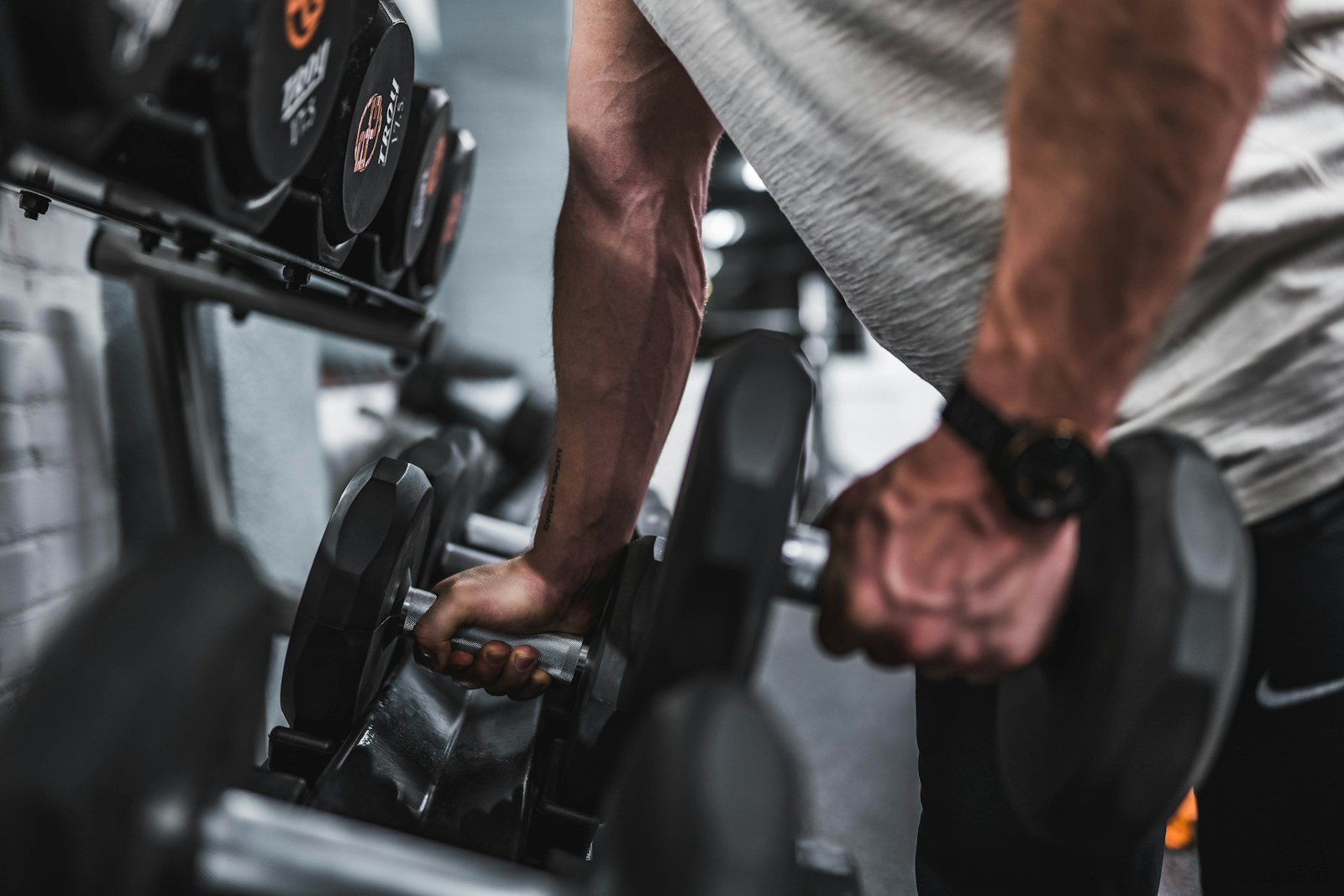
Mindfulness and Meditation in Fitness: The Connection Between Body and Mind
Mindfulness and meditation are increasingly recognized as valuable tools in enhancing overall fitness and well-being. When practiced regularly, these disciplines can help individuals cultivate a deeper connection between their body and mind. Mindfulness involves bringing awareness to the present moment, allowing individuals to tune into their physical sensations, thoughts, and emotions without judgment.
Incorporating meditation practices into fitness routines can lead to improved focus, reduced stress levels, and increased mental clarity. By quieting the mind and practicing deep breathing techniques, individuals can better manage anxiety and enhance their ability to push through physical challenges. The synergy between mindfulness, meditation, and fitness can create a more holistic approach to health, fostering a balanced and sustainable lifestyle.
Outdoor Workouts: The Benefits of Exercising in Nature
Engaging in outdoor workouts offers a plethora of benefits that extend beyond physical fitness. Exercising in nature provides a refreshing change of scenery from indoor gym settings, allowing individuals to connect with the natural environment around them. The fresh air and natural sunlight can have a positive impact on mood and mental well-being, enhancing the overall exercise experience.
Furthermore, outdoor workouts offer a diverse range of terrains and settings that can challenge the body in unique ways. Whether it be running on trails, hiking up mountains, or doing yoga in a park, the variability of outdoor environments can help improve balance, coordination, and agility. Additionally, the vitamin D obtained from sunlight can boost immunity and promote bone health, making outdoor workouts a holistic approach to overall well-being.
The Evolution of Home Gyms: How to Create a Functional Workout Space
Creating a functional workout space at home has become increasingly popular as more people prioritize convenience and flexibility in their fitness routines. When designing your home gym, consider the layout and organization of the space to optimize for efficiency and effectiveness. Start by selecting equipment that aligns with your fitness goals and fits within the available area. Whether it’s cardio machines, free weights, or resistance bands, choose items that will provide a well-rounded workout experience without overcrowding the space.
In addition to equipment selection, lighting and ventilation are key factors to enhance the overall workout environment in your home gym. Natural light can boost mood and energy levels, while proper ventilation ensures adequate air circulation for comfort during workouts. Incorporating mirrors can also be beneficial for checking form and technique, helping to prevent injury and maximize workout effectiveness. By taking the time to thoughtfully plan and design your home gym space, you can create a functional and motivating environment that supports your fitness goals.
Group Fitness vs. Solo Workouts: The Pros and Cons of Each
Group fitness classes offer a sense of community and camaraderie that can be motivating for many individuals. Working out alongside others can provide a sense of accountability and encouragement, pushing participants to reach their fitness goals. The structured nature of group classes, led by a knowledgeable instructor, can also ensure a well-rounded workout that targets different muscle groups effectively.
On the other hand, solo workouts provide the flexibility to customize one’s routine according to personal preferences and fitness levels. Working out alone allows individuals to focus on their specific goals without any external distractions. Moreover, solo workouts offer the freedom to choose the timing and intensity of the workout, catering to individual schedules and preferences without being bound by a fixed class schedule.
Recovery and Rest Days: Why They’re Essential for Optimal Performance.
Rest days are a crucial component of any fitness routine, as they allow the body to recover and repair from the stress of intense workouts. Overtraining and not giving the body enough time to rest can lead to fatigue, decreased performance, and an increased risk of injury. By incorporating scheduled rest days into your workout schedule, you give your muscles the opportunity to regenerate and grow stronger, ultimately leading to better overall performance and results.
Optimal performance is not just about pushing yourself to the limit every single day, but also about listening to your body and knowing when to take a step back. Rest days are not a sign of weakness, but rather a strategic way to ensure that your body is functioning at its best. By prioritizing rest and recovery, you can prevent burnout, improve your fitness level, and achieve your goals more effectively in the long run.
